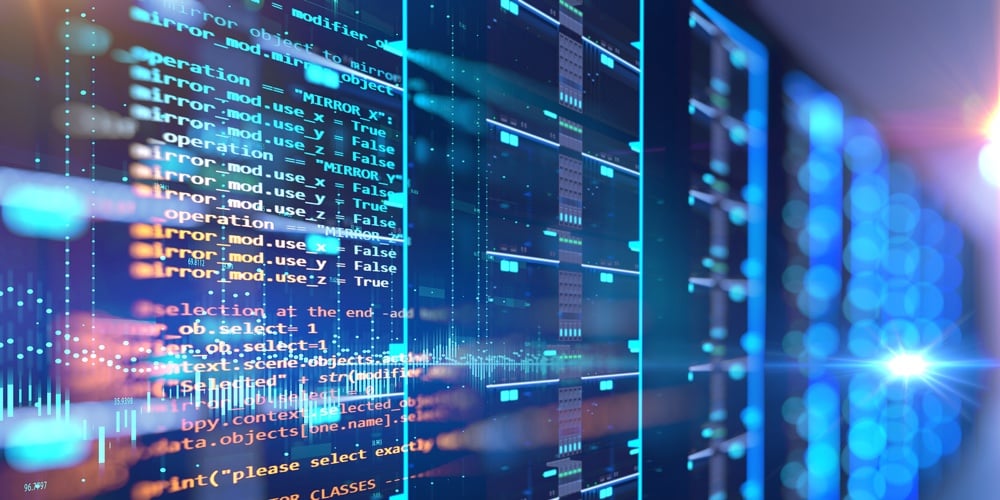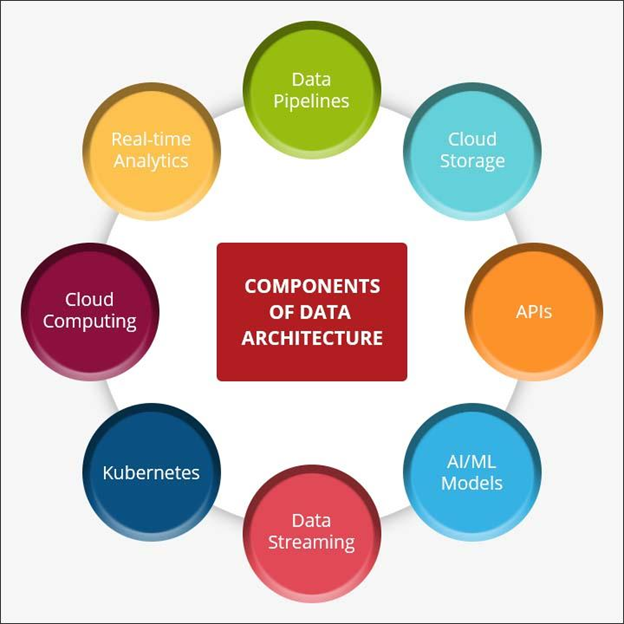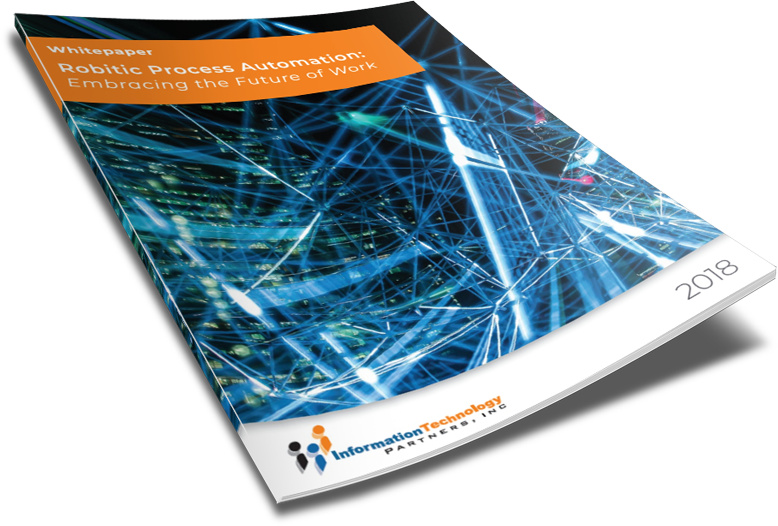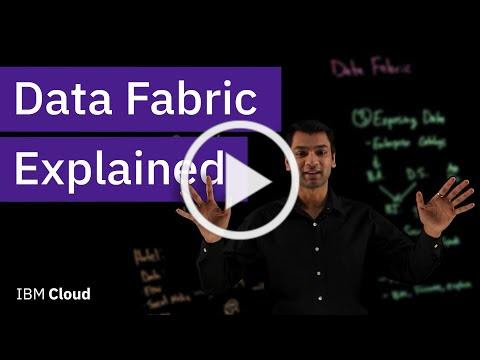TAKE NOTE (Insights and Emerging Technology)

No action appears likely to resolve the 130-plus protests involving this $50 billion IT vehicle, which indicates the Government Accountability Office will decide on the contract’s next steps
Everything points toward full hearings on the objections raised more than 130 protestors regarding the $50 billion CIO-SP4 contract for IT solutions.
A small handful of protests have been dismissed but those were mostly housecleaning actions. Two were dismissed because they were filed too late. Others were dismissed because the protestors didn’t respond to the agency report filed as part of the protest.
It looks like the rest will get full Government Accountability Office decisions sometime during the summer. GAO’s protest docket indicates the due dates for decisions range from late June to late August.
It’s not clear if GAO has grouped the protests together, which the agency likes to do when multiple protests raise similar issues involving the same contract. Grouping allows GAO to issue a single decision versus multiple decisions.
Each protest of CIO-SP4’s small business portion involves the threshold bidders must reach on their self-scoring evaluations. The protestors have complained that the threshold has been set arbitrarily.
The National Institutes of Health’s IT Acquisition and Assessment Center has taken at least two corrective actions to address these concerns, but they haven’t been able to satisfy the protesters.
A second common complaint has been that the contract favors small business joint ventures versus independent small businesses.
GAO could group the protests according to the issues raised. It also could group them according to when they were filed, since GAO has a 100-day deadline to reach a decision once a protest is filed.
NITAAC is buying itself time to work through the protests. The agency extended the life of the current CIO-SP3 by another six months. CIO-SP3 is now set to expire on Oct. 29.
If the protests go against NITAAC, it will have to rework the CIO-SP4 solicitation and ask for new proposals. That means NITAAC might have to extend CIO-SP3 again.
Once GAO starts issuing decisions in late June, we should know more about the direction things are going.
Interested in learning more about RPA? Download our FREE White Paper on “Embracing the Future of Work”
UNDER DEVELOPMENT (Insights for Developers)
Data Architecture Understanding The Benefits

Intro
Organizations worldwide are depending on increasing data volumes to make strategic decisions. Data architecture is the solution for making sense of the large volume of data streaming into your business daily.
Data architecture entails how you translate your operation needs into system and data requirements. It also focuses on managing your data and its flow through your business. In a nutshell, it describes your business’s physical and logical data assets and your data management resources. The main objective of data architecture is to ensure that data flows seamlessly through your organization to fully leverage artificial intelligence while supporting your digital transformation. With a well-defined data architecture, you will get an environment that:
Ensures optimal data quality.
- Allows you to integrate data from diverse sources.
- Guarantees a reliable system to secure your data.
- Serves as a single truth source about your organization.
- Enables stakeholders to make data-driven decisions and discover new insights.
DAMA-DMBOK 2(Data Management Association-Data Management Body of Knowledge 2), TOGAF (The Open Group Architecture Framework), FEAF (Federal Enterprise Architecture Framework), and Zachman Framework of Enterprise Architecture) are some popular data architecture frameworks. The article below will delve into data architecture to help you understand how best this fits into your venture and how to create it.
Components of Data Architecture
Data architecture primarily comprises the following:
- Data pipeline: This is an end-to-end process entailing the collection, modification, storage, scrutiny, and delivery of data.
- Cloud storage offering a unique option for backing up data, securely storing it online, and easy sharing when permission is granted.
- API (application programming interface) to connect different computer programs or computers, essentially allowing them to ‘communicate.’
- Cloud computing for analysis and management of data. The process uses remote servers to support different services with the internet as its medium.
- Machine learning and artificial intelligence models that automate some tasks like data labeling and collection to cut back on costs and time. These models also hasten decision-making by negating human intervention.
- Data streaming that entails continuous data flow from a source to a destination for examination and processing in real or near real-time.
- Kubernetes: This is an open-source portable platform available as building blocks. It provides mechanisms for the maintenance, deployment, and scaling of data.
- Real-time analytics to analyze new data as soon as it arrives and derive insights that inform decisions.
Below is a diagram representing these components of data architecture.

– Dig Deeper –
Comparing Data Mesh, Data Fabric, Data Lake & Data Cloud
Q&A (Post your questions and get the answers you need)

Q. I am reading about SAP MDM & MDG. They both seem to deal with master data… Is there a difference?
A. Well yes… Master Data Governance (MDG) and Master Data Management (MDM) are two SAP solutions that help businesses maintain and manage master data. While these two applications might feel similar, they have distinct differences and usage purposes.
SAP Master Data Governance (MDG) allows companies to define, monitor, manage and improve master data across different teams and departments. It provides an integrated database of customer, product and supplier information accessible via an intuitive, and flexible dashboard.
So what is the difference? The core difference between SAP MDG and SAP MDM depends on how data is distributed. In MDM, the data is stored in one sub-system and is distributed to other systems from there. For example, a company might use the MDM to pass information from the ERP to the CRM when customer data changes. In the end the data is in both systems.
MDG makes data accessible to multiple sub-systems. For example, if you require customer information from both the ERP and CRM, you can use the MDG as it stores data only once, instead of maintaining it in two separate locations.
SAP NetWeaver MDM was a stand-alone system built on C/C++, which started its journey in 2005, when SAP acquired of a company named A2A. It has reached its End of Life in 2020.
In 2023 there are many organizations who are still using SAP NetWeaver MDM as the single version of truth for their SAP Master data. These organizations are either in the mode of migrating the huge volume of master data to modern applications like SAP MDG and S/4HANA, or probably they are planning to do so.
Cheers!



